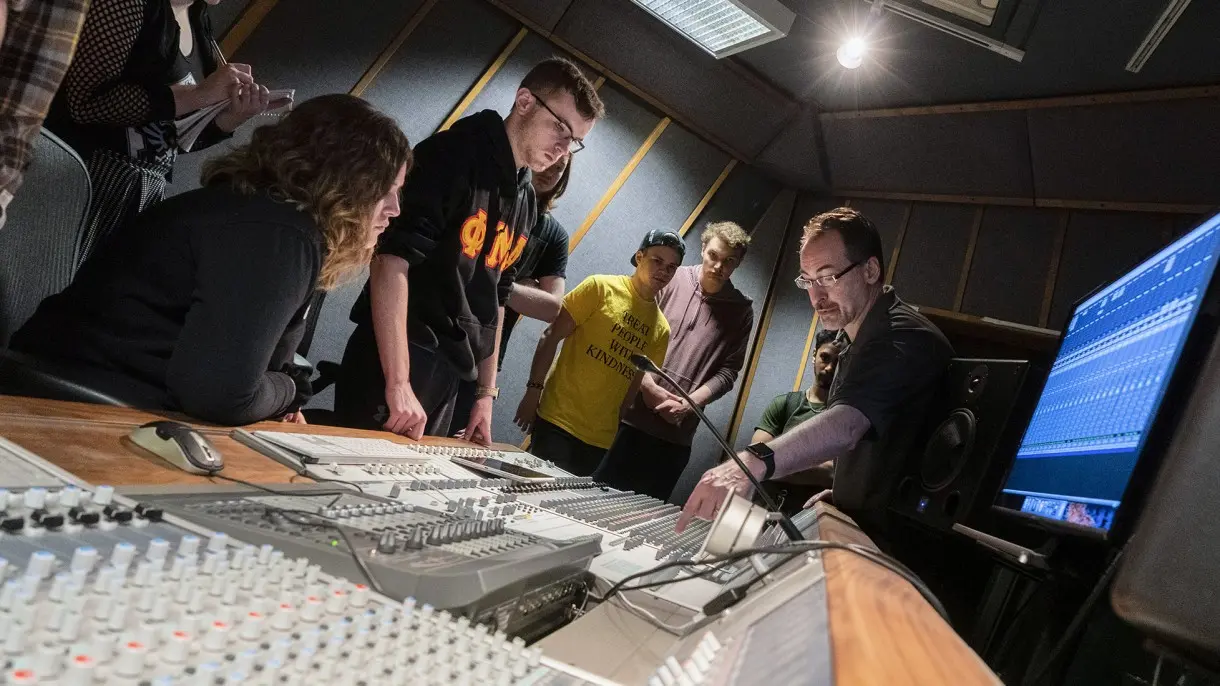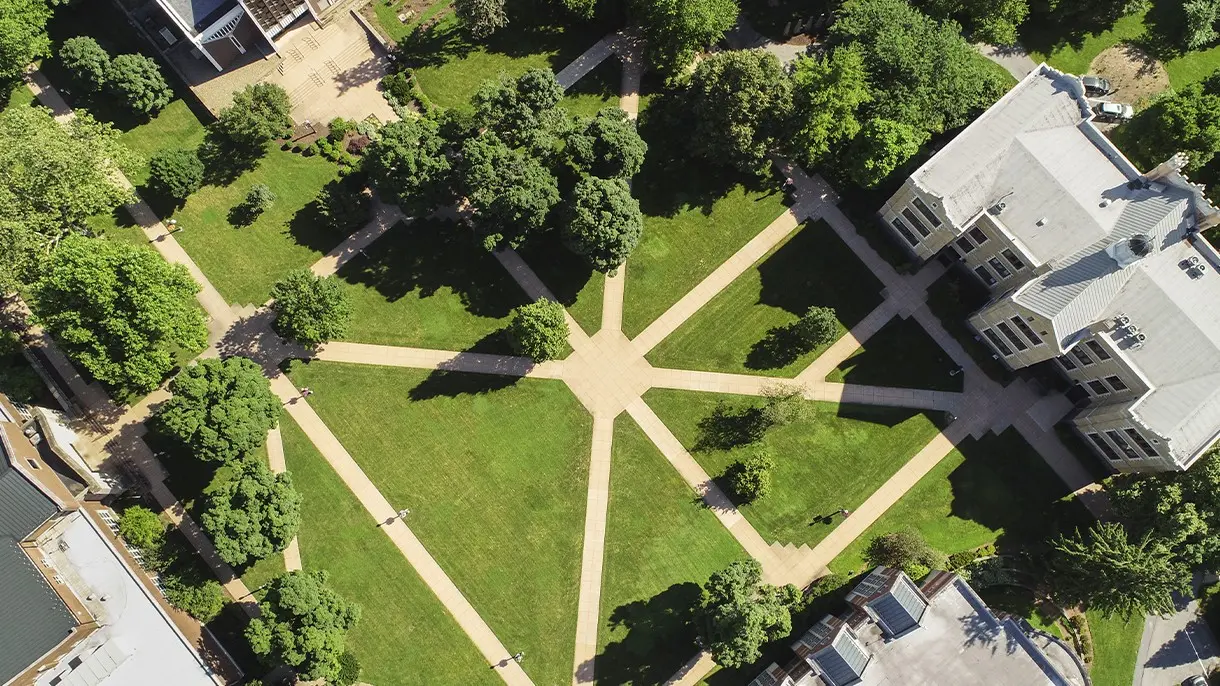Audition Preparation
Preparing for Your Ear Training and Sight Singing Audition
A fundamental part of any music program is to help students develop strong aural skills—specifically ear training and sight singing. Along with courses in written theory and keyboard skills, these constitute the core activities in which each music major must take part and demonstrate proficiency. In order to be successful in the aural program at LVC, some basic aural skills should be evident and are those that we will measure during the audition process. These are skills that often result naturally from the music-making activities in which you are already engaged.
We will assess how well:
- You can match pitch
If you’ve never done this before, you may want to have another musically-abled person sit at a piano and play random pitches in all registers of the piano. Try and sing back each pitch in your range as quickly as possible.
- You can sing back a short, simple melody that is played on the piano
This activity tests your aural memory and is dependent upon your ability to match pitch. In order to reproduce any musical gesture, you first must be able to remember it. You can practice this skill by having a musically-abled person sit at a piano and play simple melodies of approximately 6-10 pitches, and then you sing those melodies back to them.
- You can sing a major scale and also a familiar melody (like Happy Birthday)
This skill is also dependent upon your ability to match pitch. Doing this allows us to determine how well you are able to maintain accurate pitch relations that make the scale and song sound recognizable. A great way to practice is by listening to and singing back music on the radio while you are driving in your car. Or find your musically-abled friend again who will play for you, and listen and judge whether or not you are singing the pitch relations accurately
- You can sing a notated melody at sight
This skill is dependent upon your ability to hear pitch relations. It is important to develop the ability to see notated music, imagine what it sounds like, and then sing it out loud.


